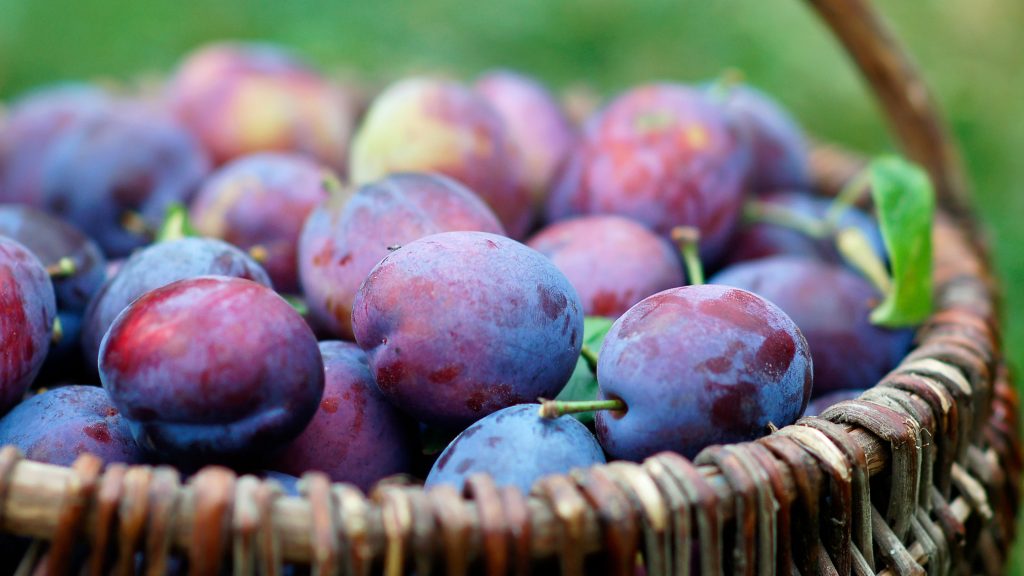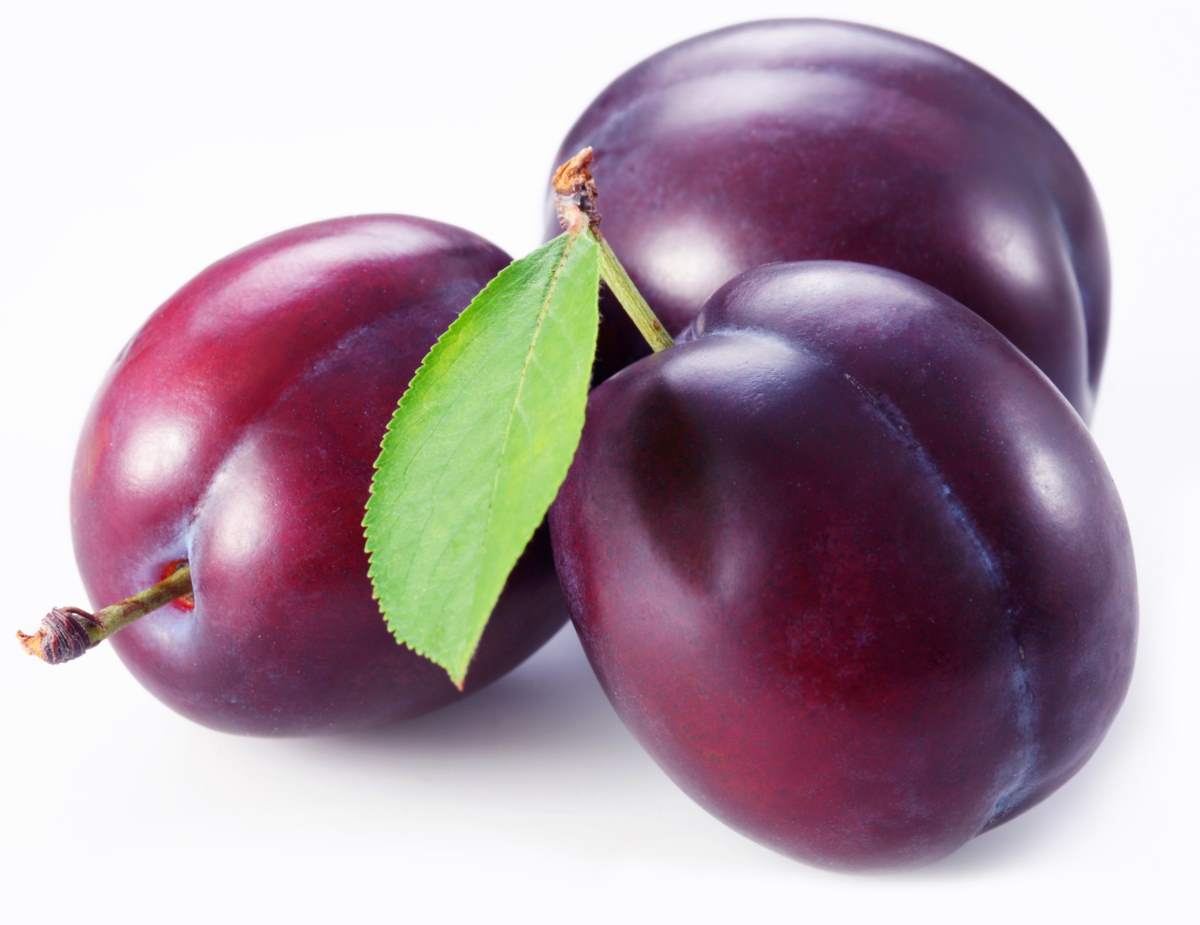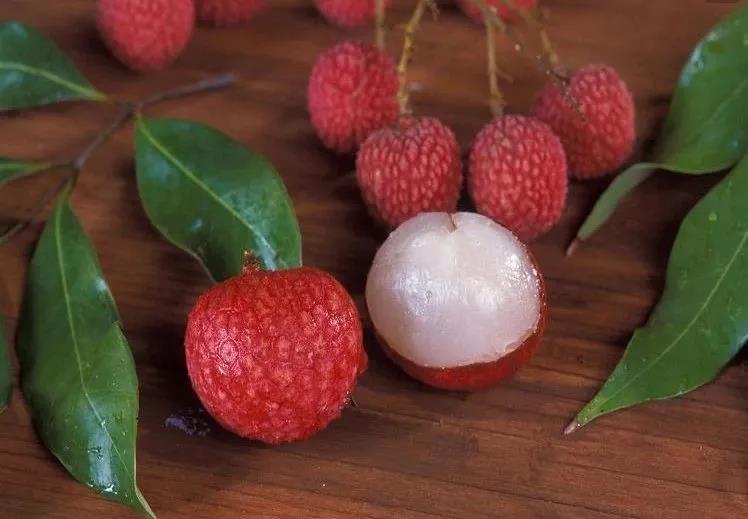Plums (Prunus domestica, Prunus salicina): Fruit Characteristics, Main Types, Nutrition, and Distribution
Plums refer mainly to two species: Chinese plum (Prunus salicina) and European plum (Prunus domestica). Both belong to the Rosaceae family, subfamily Amygdaloideae, under the genus Prunus. These stone fruits are widely cultivated globally.
Fruit Characteristics
Plum fruits are drupes that come in various shapes such as round, oval, heart-shaped, or elliptical. Their size ranges from 2 to 7 cm in diameter depending on species and variety. The smooth skin can be red, purple, blue, black, yellow, or green when ripe; some varieties have a powdery bloom on their surface. The flesh is juicy, with flavors ranging from sweet to tart based on the variety. Each fruit contains a hard pit at its center, which may cling to or separate from the flesh.

Main Types
- Chinese Plum (Prunus salicina): Originating from China, with brightly colored fruits that are juicy:
- Sanhua Plum: Red skin; sweet-tart flesh.
- Fengtang Plum: Yellow skin; very sweet.
- Bingtang Plum: Greenish skin; crisp and sweet.
- European Plum (Prunus domestica): Originating from Europe and Western Asia; typically blue or purple; used fresh or dried into prunes:
- Italian Prune: Deep blue; oval; good fresh or dried.
- Victoria Plum: Red; oval; common in Britain.
- President Plum: Dark purple; large; late-ripening.
- Other Plums and Hybrids: Including American plum (Prunus americana), black plum (Prunus nigra), and hybrids such as pluots.
Nutritional Value and Benefits
Plums are nutrient-dense, containing carbohydrates, dietary fiber, vitamins C and K, and minerals such as potassium. Darker varieties have high levels of antioxidants such as anthocyanins.
Eating plums may help digestion, improve heart health, and provide antioxidant benefits.
Distribution and Cultivation
Plums grow worldwide, mainly in temperate zones. China is a major origin and producer of plums, while European varieties flourish in Europe and North America. These trees adapt well, needing minimal soil requirements, but they thrive best in sunny, well-drained spots. They are propagated mostly by grafting.



